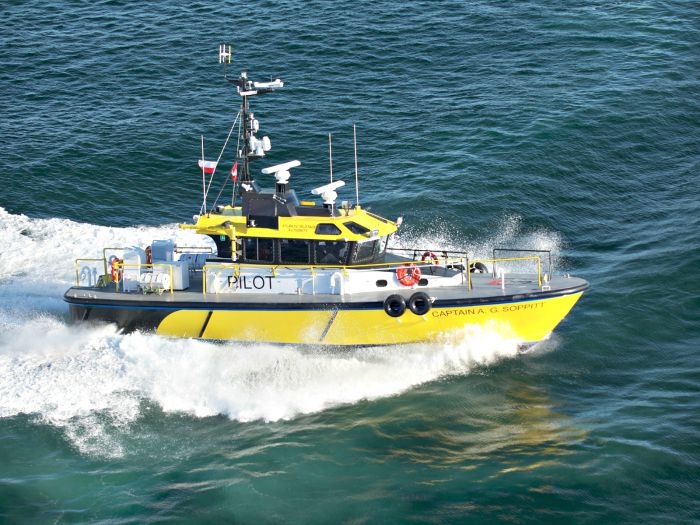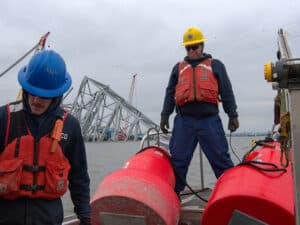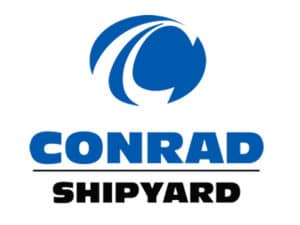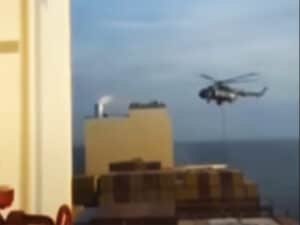
Radio miscommunication contributes to collision
Written by Marine Log Staff
The pilot boat Captain A.G. Soppitt
AUGUST 12, 2015—An investigative report by The Transportation Safety Board of Canada (TSB) said a miscommunication between a pilot boat and a small passenger vessel last August in Saint John, New Brunswick, contributed to the two vessels colliding. There were no injuries or pollution, though both vessels sustained minimal damage.
On the evening of August 1, 2014, the pilot boat Captain A.G. Soppitt was returning to the Port of Saint John in dense fog. Meanwhile, the small passenger vessel Bayliner (with only the three crew on board) had departed the port of Saint John and was transiting the main channel proceeding outbound in dense fog to the anchorage area south of the main channel. As the pilot boat approached the main channel, the master contacted the Bayliner by radio to advise of their intention to transit towards the west side of the channel. However, the communication was taken by the crew of the Bayliner as an instruction or suggestion for the Bayliner to transit along the west side of the channel. Soon after, despite final evasive maneuvers by both vessels, they collided.
The investigation found that the communications between both vessels in the channel led to a misunderstanding that resulted in the Captain A.G. Soppitt being maneuvered for a starboard-to-starboard passing and the Bayliner for a port-to-port passing. Both vessels continued along their intended route without additional radio communication, believing that the other vessel would take action to alter course towards the opposite side of the channel. The investigation also determined that further opportunities for collision avoidance were hampered by the navigational equipment on the Captain A.G. Soppitt not being optimally configured, and by both vessels not sounding the required signals while navigating in an area of restricted visibility.
Following the occurrence, the operator of the Bayliner fitted the vessel with a Class B automatic identification system (AIS). AIS transmits vessel data including the heading, GPS position, course over ground and speed over ground to other vessels equipped with AIS receivers, which can assist in collision avoidance.





Leave a Reply
You must be logged in to post a comment.